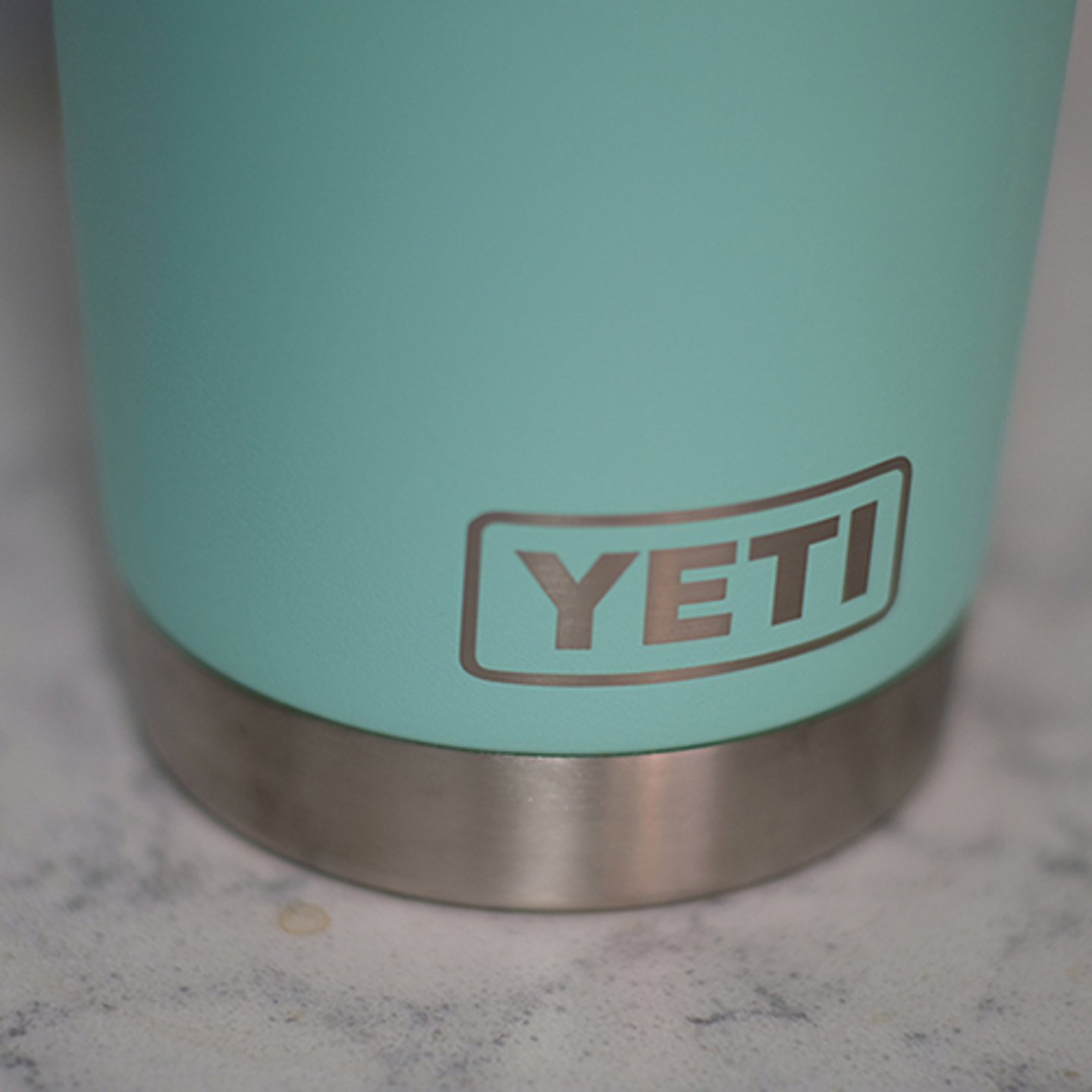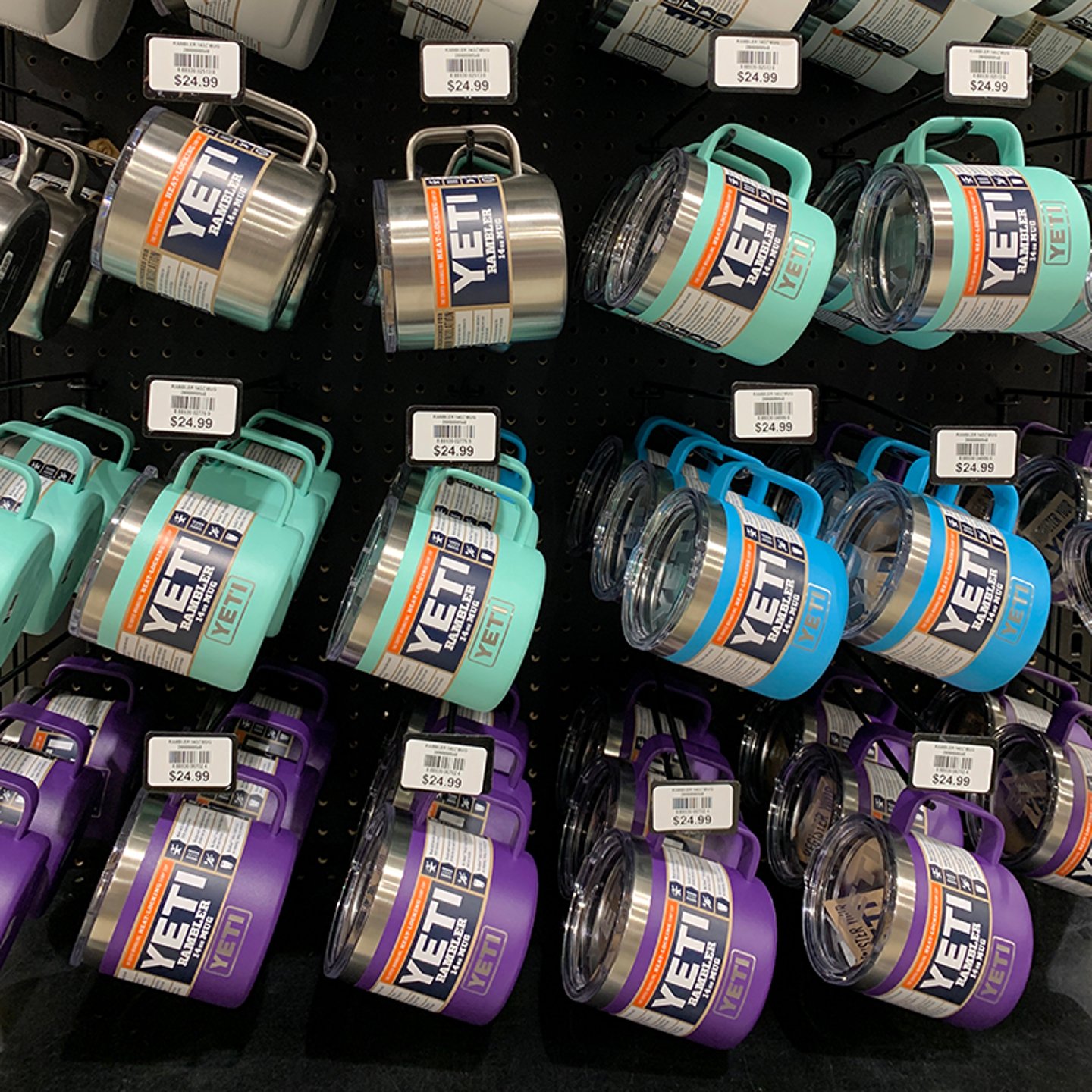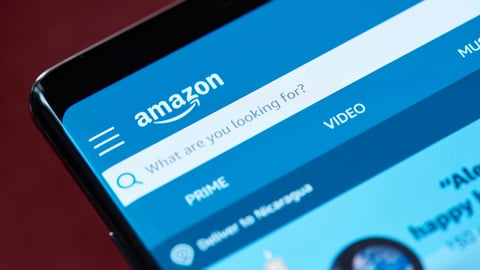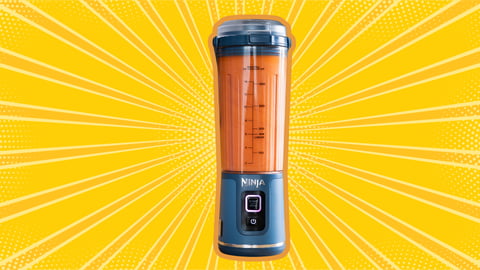Yeti Taking Fresh Look at DTC and Omnichannel
Yeti Holdings is increasingly looking at total acquisition and retention trends as it thinks about measuring the reach of direct-to-consumer, a channel the drinkware and outdoor products company remains full-speed-ahead on growing.
After struggling with inventory issues stemming from the embattled supply chain last year, Yeti is now seeing acquisition growth and demand rebalance across its e-commerce, Yeti-owned stores, and Fulfilled by Amazon channels, according to company leaders. When broken out by channel, direct-to-consumer sales grew 15 percent year over year to $227.4 million in the third quarter, representing 52% of overall sales.
The company has been pleased with both DTC’s retention levels and its underlying quality of transactions, Matt Reintjes, Yeti president and CEO, said in a November call with investors. And as they head into the new year with a more normalized inventory position, “we're taking a fresh look at the roles and scope of each part of our omnichannel to ensure that we are amplifying and differentiating to drive accelerated growth for the long term,” he noted.
- See also: Yeti Dives Into Augmented Reality
While it’s not a radical change from its previous philosophy, the improved inventory performance is enabling the company to re-examine the value of each channel, the CEO said. This includes evolving acquisition and retention around its flagship Yeti.com site, examining its Amazon assortment, and focusing on merchandising and assortment planning with its wholesalers.
Global Expansion
Yeti remains bullish on the company’s global expansion potential, with international sales growing a record 60% in the third quarter to account for 13% of the company’s sales mix.
To support this expansion, the company launched updated e-commerce sites in Australia and New Zealand, and it added Fulfilled by Merchant capabilities on Amazon in Canada.
“It's more we're now back into a position where we have full strength, and we can then apply our marketing, our merchandising, our brand building on top of it,” Reintjes said.
DTC As an Inventory Lever
DTC plays a valuable role in Yeti’s ability to balance inventory across channels, and the channel is currently reaping the rewards of operational and inventory availability decisions made last year during the constrained environment. In addition to strong retention rates on Yeti.com, it’s also doing well in reactivating older cohorts of customers, Mike McMullen, the company’s interim CFO, said.
And while Yeti’s long-term growth goal is to grow DTC faster than wholesale, it’s just one piece of the company's larger omnichannel strategy. “While [Yeti.com] is the channel that is performing very strong from a retention perspective, it's probably the channel that [is most at risk] of the inventory being redistributed among our envelope,” McMullen noted.
Looking into next year, the company remains optimistic both about omnichannel and Yeti.com’s role within it. “As we go into 2023, we would expect DTC to continue to be a strong performer,” said McMullen. “We expect strong contribution from wholesale, and we expect Yeti.com to be our flagship.”
The Role of the Store
Yeti continues to open its own branded stores — it’s on track to have 13 open by the end of this month — and will accelerate openings beginning in 2023, motivated by the stores’ ability to fuel brand exposure, product consideration, and purchases.
“They're great brand beacons,” said Reintjes. “They change the assortment that a consumer considers. So they work the entire funnel — from consideration all the way through to purchase — and we think it also benefits our omnichannel.”
With that said, stores will remain a small piece of both the overall and DTC business — Yeti expects to open about four to six stores each year — with DTC’s key focus on developing and strengthening e-commerce on their dot-coms. This is also where Yeti is investing in advanced analytics to understand consumer and purchase behaviors.
“The key focus is on our dot-coms, and then really ramping the store contribution to store connectivity to the overall digital DTC piece,” said Reintjes.






